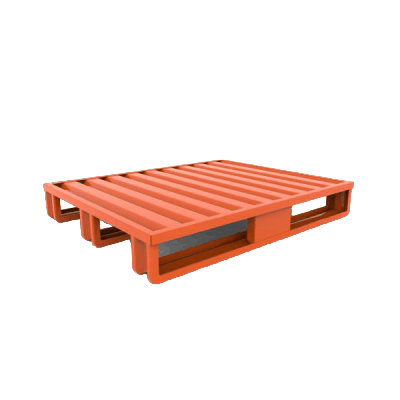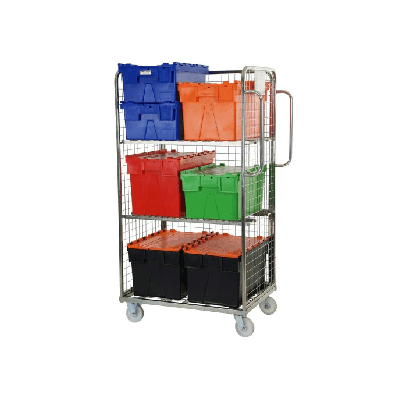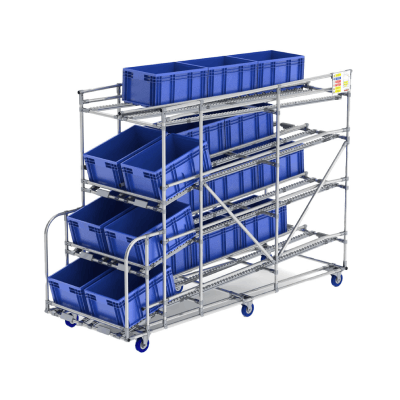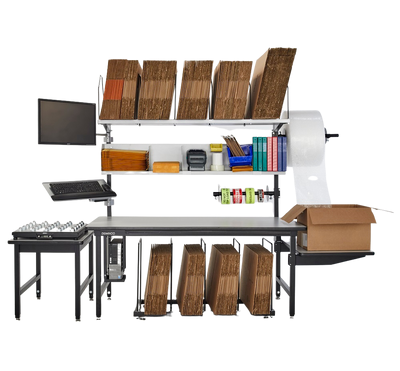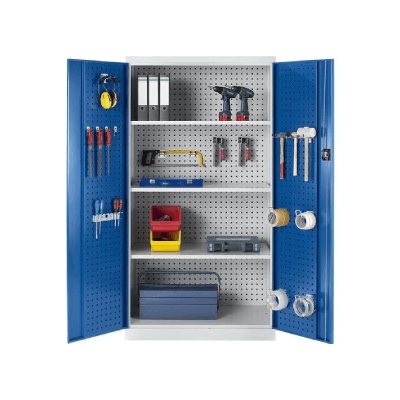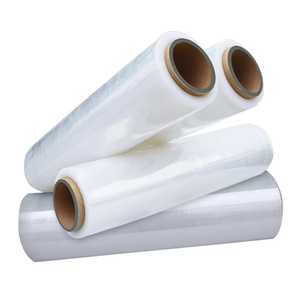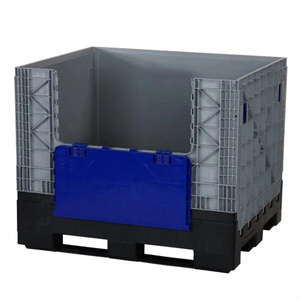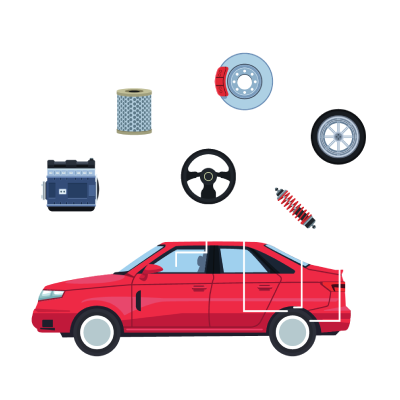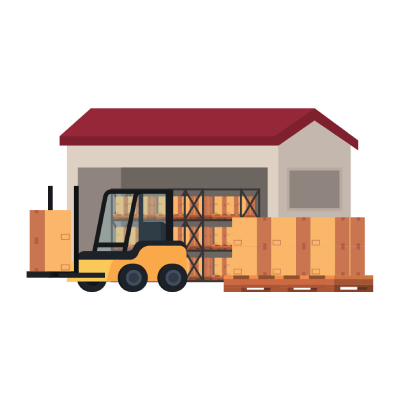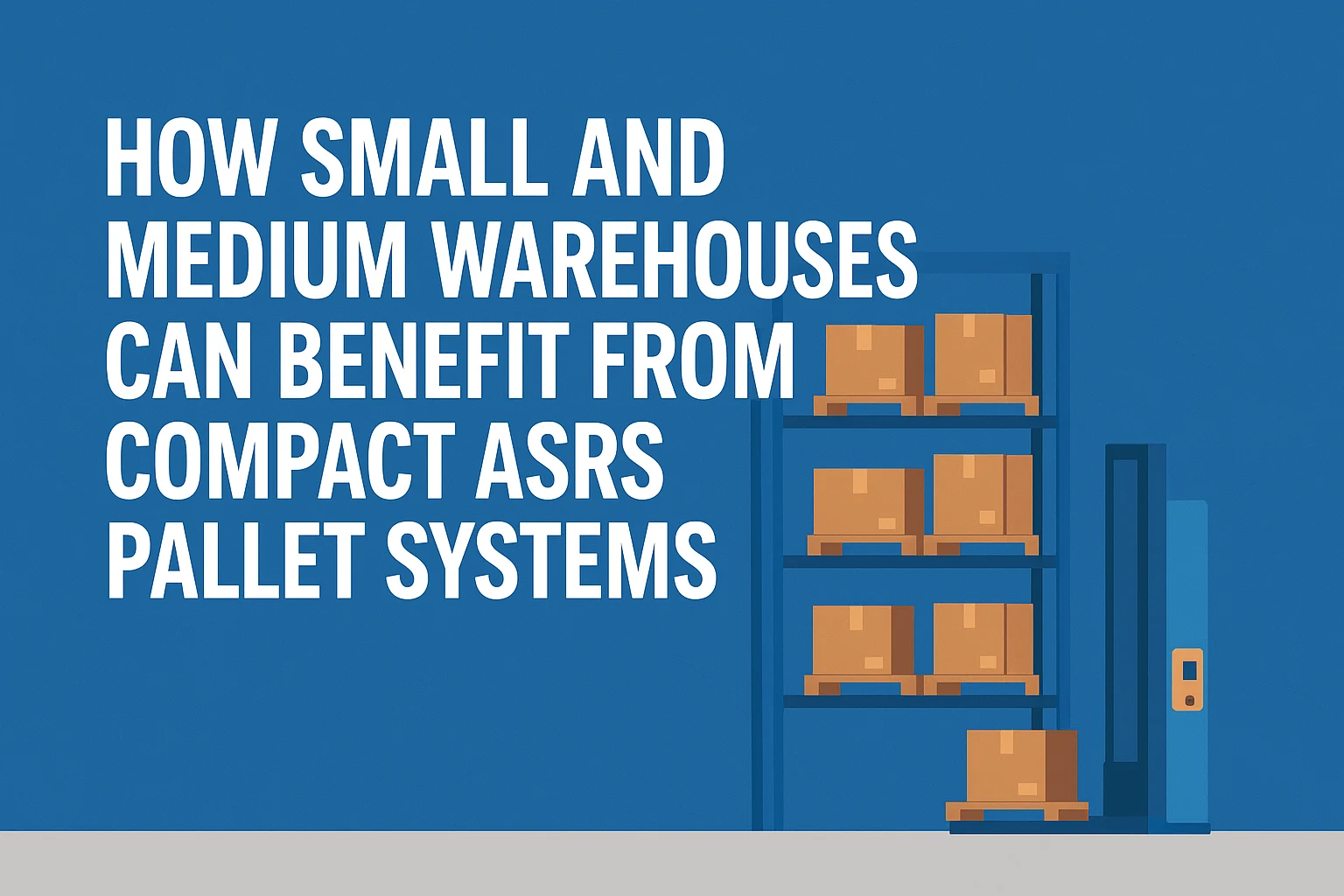In an era where efficiency and sustainability define business success, the way products are packaged, shipped, and returned is undergoing a quiet revolution. Traditional one-time-use packaging, while convenient, has long been a source of waste, inefficiency, and hidden costs. The solution? A smarter, reusable, and trackable approach that merges environmental consciousness with digital intelligence. Welcome to the world of intelligent returnable packaging solutions, a growing innovation at the intersection of logistics, technology, and sustainability. These systems are not just reshaping how goods move through supply chains—they’re redefining how companies think about packaging altogether.
Table of Contents
ToggleThe Problem with Traditional Packaging
For decades, businesses have relied heavily on single-use packaging materials like cardboard boxes, plastic wraps, and disposable pallets. These materials often serve a purpose for just a few days—or even hours—before being discarded.
The result is staggering:
- Millions of tons of packaging waste enter landfills each year.
- Companies lose billions in material costs and inefficient supply chain operations.
- Logistics departments struggle with a lack of visibility once goods leave their warehouses.
Moreover, single-use packaging poses a significant environmental burden. As global sustainability regulations tighten and consumer expectations evolve, companies can no longer afford to overlook this issue. They need a packaging model that is circular, trackable, and cost-effective.
![]()
The Rise of Reusability in Modern Logistics
Reusability is not a new concept—but it’s now gaining traction as technology makes it scalable and efficient. Returnable packaging has existed in various forms for decades—think of milk bottles, beer kegs, or shipping crates that circulate multiple times before replacement.
However, the logistics sector is now witnessing a transformative upgrade to this old idea. Modern returnable packaging solutions leverage data, sensors, and connectivity to create a smarter and more transparent supply chain.
With companies under pressure to meet sustainability goals, these solutions provide a practical way to reduce waste while improving operational efficiency. It’s more than just being environmentally conscious; it’s also about being intelligent.
Digital Tracking: The Game-Changer
The key differentiator between traditional reusable packaging and today’s intelligent returnable systems is digital tracking. Using technologies such as RFID (Radio Frequency Identification), QR codes, NFC tags, and IoT (Internet of Things) sensors, every container, crate, or pallet can now be tracked in real time.
How Digital Tracking Works
Tagging: Each packaging unit is embedded with a digital tag that carries a unique ID.
- Data Transmission: As the packaging moves through various checkpoints, sensors capture data such as location, temperature, humidity, and handling history.
- Cloud Integration: This data is uploaded to a central platform, allowing businesses to monitor assets remotely.
- Analytics & Reporting: The system generates insights that help optimize logistics routes, minimize losses, and improve reuse cycles.
The result? A supply chain that is not only more sustainable but also far more transparent and efficient.
Benefits of Intelligent Returnable Packaging
Implementing intelligent returnable packaging offers a host of tangible benefits for both the environment and business performance. Let’s explore the key advantages driving adoption across industries.
1. Sustainability at Scale
Reusable packaging drastically reduces waste generation and the need for constant raw material input. When combined with digital tracking, businesses can ensure packaging completes its full lifecycle before recycling or disposal, further enhancing sustainability metrics.
2. Cost Efficiency and ROI
Although the initial investment in smart packaging can be higher than traditional disposable materials, the long-term savings are significant. Reduced material waste, fewer lost assets, and lower purchasing frequency all contribute to strong ROI. Digital visibility also minimizes theft and misplacement, which can be major hidden costs in logistics.
3. Real-Time Visibility
With connected packaging, supply chain managers gain unprecedented transparency. They can track shipments in real time, receive alerts about delays or damage, and make proactive adjustments. This level of insight improves accountability and customer satisfaction.
4. Data-Driven Optimization
Every tracked package becomes a data point, contributing to a vast pool of operational intelligence. By analyzing this data, companies can refine their logistics strategies, streamline routes, and even predict maintenance or replacement needs.
5. Enhanced Brand Reputation
Consumers increasingly favor brands that prioritize environmental responsibility. By adopting intelligent returnable packaging, companies send a clear message: they’re committed to sustainability, innovation, and efficiency. This can strengthen brand image and customer loyalty.
![]()
Industries Leading the Shift
The adoption of smart, reusable packaging isn’t confined to a single sector. Here’s a look at how different industries are embracing this innovation:
Automotive
The automotive sector has long relied on reusable containers for transporting parts between suppliers and assembly plants. With digital tracking, manufacturers can now efficiently manage thousands of containers, reducing losses and ensuring the timely delivery of components.
Food & Beverage
Freshness and safety are critical in food logistics. Smart packaging equipped with temperature and humidity sensors ensures that perishable goods remain within safe ranges. Reusable crates and pallets also minimize contamination risks and reduce plastic waste.
Retail & E-Commerce
With e-commerce volumes soaring, retailers are under pressure to find sustainable packaging alternatives. Intelligent returnable packaging enables circular logistics—where containers are sent back for reuse, cutting down drastically on waste and shipping costs.
Pharmaceuticals
For pharmaceuticals, maintaining integrity and compliance across the supply chain is vital. Smart tracking allows precise monitoring of conditions such as temperature and vibration, ensuring that sensitive drugs reach consumers safely and efficiently.
Technology Driving Innovation
Several cutting-edge technologies underpin the rise of intelligent returnable packaging. Let’s look at a few transformative ones:
Internet of Things (IoT)
IoT devices embedded in packaging units continuously transmit real-time data, creating a living network of connected assets. This connectivity forms the backbone of intelligent tracking.
Blockchain
Blockchain technology ensures that data collected from packaging systems remains tamper-proof and transparent. It builds trust between suppliers, logistics providers, and customers by maintaining a secure, immutable record of each package’s journey.
Artificial Intelligence (AI) and Machine Learning
AI algorithms analyze logistics data to predict usage patterns, optimize return routes, and prevent losses. Machine learning helps companies continuously refine their supply chain operations based on historical insights.
Cloud Computing
Cloud-based platforms store and process the vast data generated by tracking devices, making it accessible in real time across global networks. This scalability is essential for multinational companies managing thousands of reusable units.
![]()
Challenges in Implementation
Despite the advantages, transitioning to intelligent returnable packaging does come with challenges.
1. Initial Investment
The upfront costs for digital tags, tracking systems, and software integration can be significant. However, these costs typically decrease over time as technology becomes more affordable and ROI is realized through long-term savings.
2. System Integration
Integrating new digital tracking tools with existing warehouse and logistics management systems can be complex. Businesses must ensure seamless data exchange between platforms to avoid bottlenecks.
3. Reverse Logistics Management
Managing the return journey of packaging units requires coordination and planning. Efficient reverse logistics is key to ensuring that containers are collected, cleaned, and redeployed in time for the next use cycle.
4. Employee Training
Introducing new systems means employees must adapt to new workflows and technologies. Ongoing training and change management are crucial for successful adoption.
The Future of Smart Reusable Packaging
The evolution of intelligent packaging is still unfolding—but the trajectory is clear. In the coming years, expect to see:
- Full supply chain traceability with every package digitally recorded from origin to return.
- Integration with sustainability reporting to provide verifiable data for ESG goals.
- Predictive analytics that automate decisions about asset replacement and maintenance.
- Circular economy platforms that link multiple organizations, allowing shared use of reusable packaging assets across industries.
As technology matures and global sustainability regulations become more stringent, intelligent returnable packaging will shift from an innovation to an expectation. Companies that adopt early will lead not just in logistics efficiency, but in environmental responsibility.
Conclusion:-
The convergence of digital tracking and reusability marks a major leap forward for modern logistics. Intelligent returnable packaging systems allow companies to close the loop on their supply chains—reducing waste, lowering costs, and enhancing transparency.
As industries continue to prioritize sustainability and efficiency, these returnable packaging solutions will play an increasingly vital role in building a resilient, circular economy. They represent more than just packaging—they’re a strategic asset for the future of global trade.
Companies like Kole Pallet are leading the charge, showcasing how technology-driven packaging innovation can transform supply chains into models of sustainability and intelligence. The message is clear: in the new era of logistics, smart reusability isn’t just an option—it’s the way forward.
Frequently Asked Questions:-
1. What are intelligent returnable packaging solutions?
- Intelligent returnable packaging solutions combine reusable packaging materials—like crates, pallets, or containers—with digital tracking technologies such as RFID, IoT sensors, and QR codes. This combination allows businesses to monitor the location, condition, and lifecycle of their packaging in real time, reducing waste, improving efficiency, and supporting sustainability goals.
2. How does digital tracking improve reusable packaging systems?
- Digital tracking transforms traditional reusable packaging into smart assets. By embedding tracking devices or sensors, companies can follow their packaging throughout the supply chain, identify delays or losses, and collect valuable data for process optimization. This real-time visibility leads to cost savings, better resource utilization, and enhanced accountability across operations.
3. Which industries benefit most from intelligent returnable packaging?
- Several sectors are rapidly adopting smart reusable packaging, including automotive, food and beverage, pharmaceuticals, and retail/e-commerce. These industries benefit from greater traceability, compliance with safety standards, and reduced environmental impact—all while cutting down on packaging costs.
4. What challenges do companies face when implementing these systems?
- The main challenges include the initial investment in tracking technology, integration with existing supply chain systems, and the complexity of managing reverse logistics (collecting and returning packaging for reuse). However, with proper planning and scalable digital platforms, most businesses find that the long-term cost and sustainability benefits far outweigh the upfront challenges.
5. What role does Kole Pallet play in intelligent returnable packaging?
- Kole Pallet is at the forefront of the transition toward smarter, more sustainable packaging. By focusing on durable, reusable pallet systems and integrating tracking technologies, Kole Pallet helps businesses build circular supply chains that are efficient, eco-friendly, and transparent from end to end.

